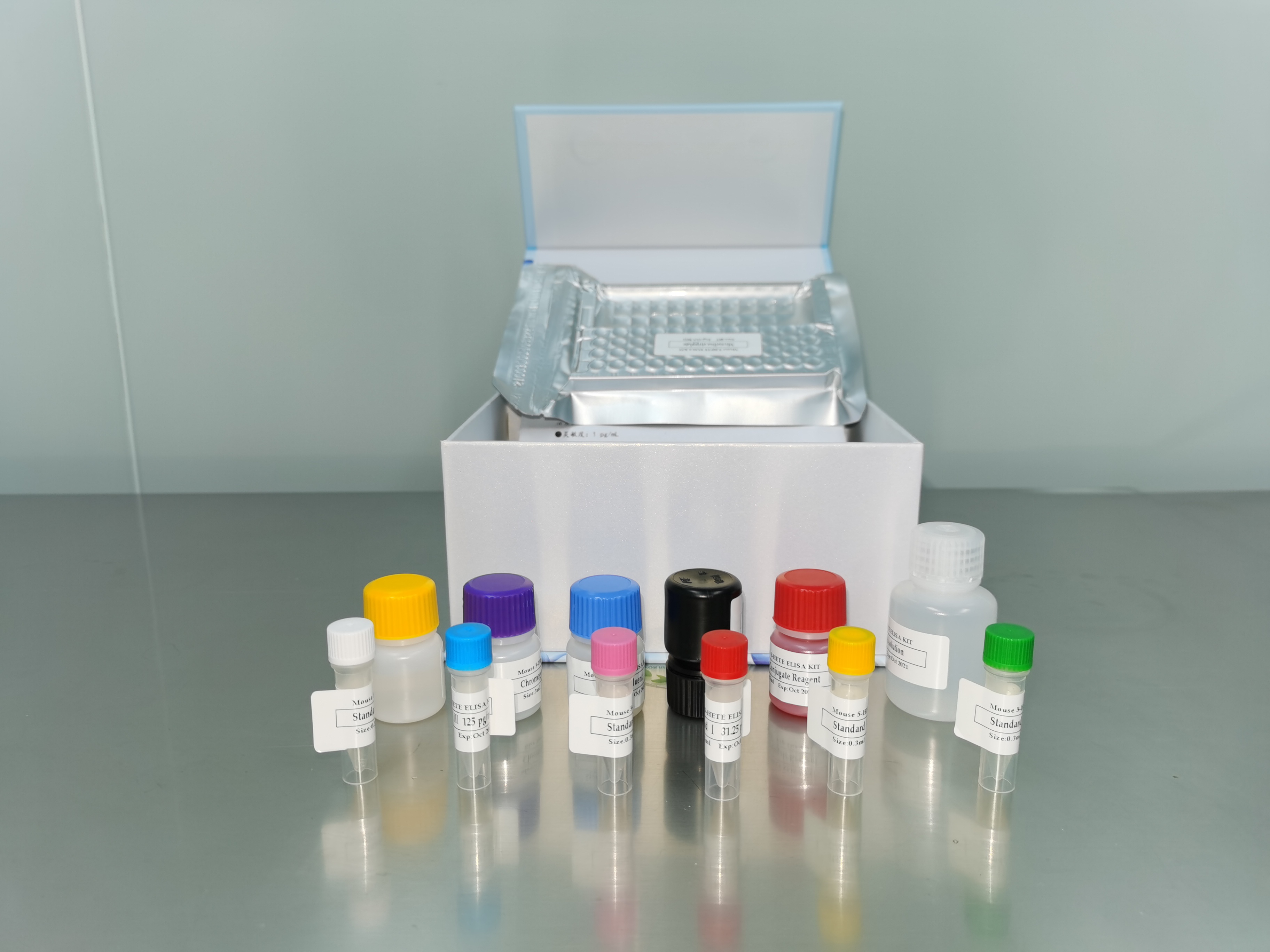| 产品名称: | Pentatrichomonas hominis (Davaine) Wenrich |
|---|---|
| 商品货号: | TS142114 |
| Strain Designations: | R 51 |
| Biosafety Level: | 2
Biosafety classification is based on U.S. Public Health Service Guidelines, it is the responsibility of the customer to ensure that their facilities comply with biosafety regulations for their own country. |
| Isolation: | Bos bovis, Logan, UT, 1960 |
| Product Format: | frozen |
| Type Strain: | no |
| Comments: | Morphological study Complement pathway activation in killing Homocysteine desulphurase and serine sulphydrase geographic variation |
| Medium: | ATCC® Medium 2154: LYI Entamoeba medium |
| Growth Conditions: | Temperature: 35.0°C Duration: axenic; anaerobic |
| Cryopreservation: | 1.xa0 Harvest cells from a culture that is at or near peak density by centrifugation at 800 x g for 5 min. The cells grown in a medium containing agar are concentrated by centrifugation, a solid pellet does not form. The soft pellet is re-suspended to desired cell concentration with agar-free supernatant. 2.xa0 Adjust the concentration of cells to 2 x 106 - 107/ml in fresh medium. 3.xa0 While cells are centrifuging prepare a 10% (v/v) solution of sterile DMSO in fresh medium. a) Add 1.0 ml of DMSO to an ice cold 20 x 150 mm screw-capped test tube; b) Place the tube on ice and allow the DMSO to solidify (~5 min) and then add 9.0 ml of ice cold medium; c) Invert several times to dissolve the DMSO; d) Allow to warm to room temperature. 4.xa0 Mix the cell preparation and the DMSO in equal portions. Thus, the final concentration will be 106 - 107 cells/ml and 5% (v/v) DMSO. The time from the mixing of the cell preparation and DMSO stock solution before the freezing process is begun should no less than 15 min and no longer than 30 min. 5.xa0 Dispense in 0.5 ml aliquots into 1.0 - 2.0 ml sterile plastic screw-capped cryules (special plastic vials for cryopreservation). 6.xa0xa0 Place the vials in a controlled rate freezing unit.xa0 From room temperature cool at -1°C/min to -40°C.xa0 If the freezing unit can compensate for the heat of fusion, maintain rate atxa0xa0xa0xa0xa0xa0xa0 -1°C/min through the heat of fusion.xa0 At -40°C plunge into liquid nitrogen. Alternatively, place the vials in a Nalgene 1°C freezing apparatus.xa0 Place the apparatus at -80°C for 1.5 to 2 hours and then plunge ampules into liquid nitrogen.xa0 (The cooling rate in this apparatus is approximately xa0xa0xa0xa0xa0 -1°C/min.)xa0 7.xa0 The frozen preparations should be stored in either the vapor or liquid phase of a nitrogen refrigerator. Frozen preparations stored below -130°C are stabile indefinitely. Those stored at temperatures above -130°C are progressively less stabile as the storage temperature is elevated. Vials should not be stored above -55°C. 8.xa0xa0 To establish a culture from the frozen state place an ampule in a water bath set at 35°C. Immerse the vial just to a level just above the surface of the frozen material. Do not agitate the vial. 9.xa0xa0 Immediately after thawing, do not leave in the water bath, aseptically remove the contents of the ampule and inoculate a 16 x 125 mm screw-capped test tube containing 13 ml of ATCC medium 2154 adjusted to pH 6.0. 10.xa0xa0xa0xa0xa0xa0xa0xa0xa0 Incubate the culture on a 15° horizontal slant at 35°C. |
| Name of Depositor: | R Samuels |
| Chain of Custody: | ATCC < |
| Year of Origin: | 1960 |
| References: | Shaio MF, Chen JG. Immunoglobulin M-dependent classical complement pathway activation in killing of Pentatrichomonas hominis. Infect. Immun. 57: 902-906, 1989. PubMed: 2917791 Jensen EA, Hammond DM. A morphological study of trichomonads and related flagellates from the bovine digestive tract. J. Protozool. 11: 386-394, 1964. Thong KW, Coombs GH. Trichomonas species: homocysteine desulphurase and serine sulphydrase activities. Exp. Parasitol. 63: 143-151, 1987. PubMed: 3494628 Krieger JN, et al. Geographic variation among isolates of Trichomonas vaginalis: demonstration of antigenic heterogeneity by using monoclonal antibodies and the indirect immunofluorescence technique. J. Infect. Dis. 152: 979-984, 1985. PubMed: 2413147 Felleisen RS, et al. Detection of Tritrichomonas foetus by PCR and DNA enzyme immunoassay based on rRNA gene unit sequences. J. Clin. Microbiol. 36: 513-519, 1998. PubMed: 9466768 Felleisen RS. Comparative sequence analysis of 5.8S rRNA genes and internal transcribed spacer (ITS) regions of trichomonadid protozoa. Parasitology 115: 111-119, 1997. PubMed: 10190167 Gookin JL, et al. Single-tube nested PCR for detection of tritrichomonas foetus in feline feces. J. Clin. Microbiol. 40: 4126-4130, 2002. PubMed: 12409385 Levy MG, et al. Tritrichomonas foetus and not Pentatrichomonas hominis is the etiologic agent of feline trichomonal diarrhea. J. Parasitol. 89: 99-104, 2003. PubMed: 12659310 |
| Cross References: | Nucleotide (GenBank) : U86616 putative rRNA small subunit gene, partial sequence, putative internal transcribed spacer 1, putative 5.8S rRNA gene, and putative internal transcribed spacer 2, complete sequence, and putative rRNA large subunit gene, partial sequence |


